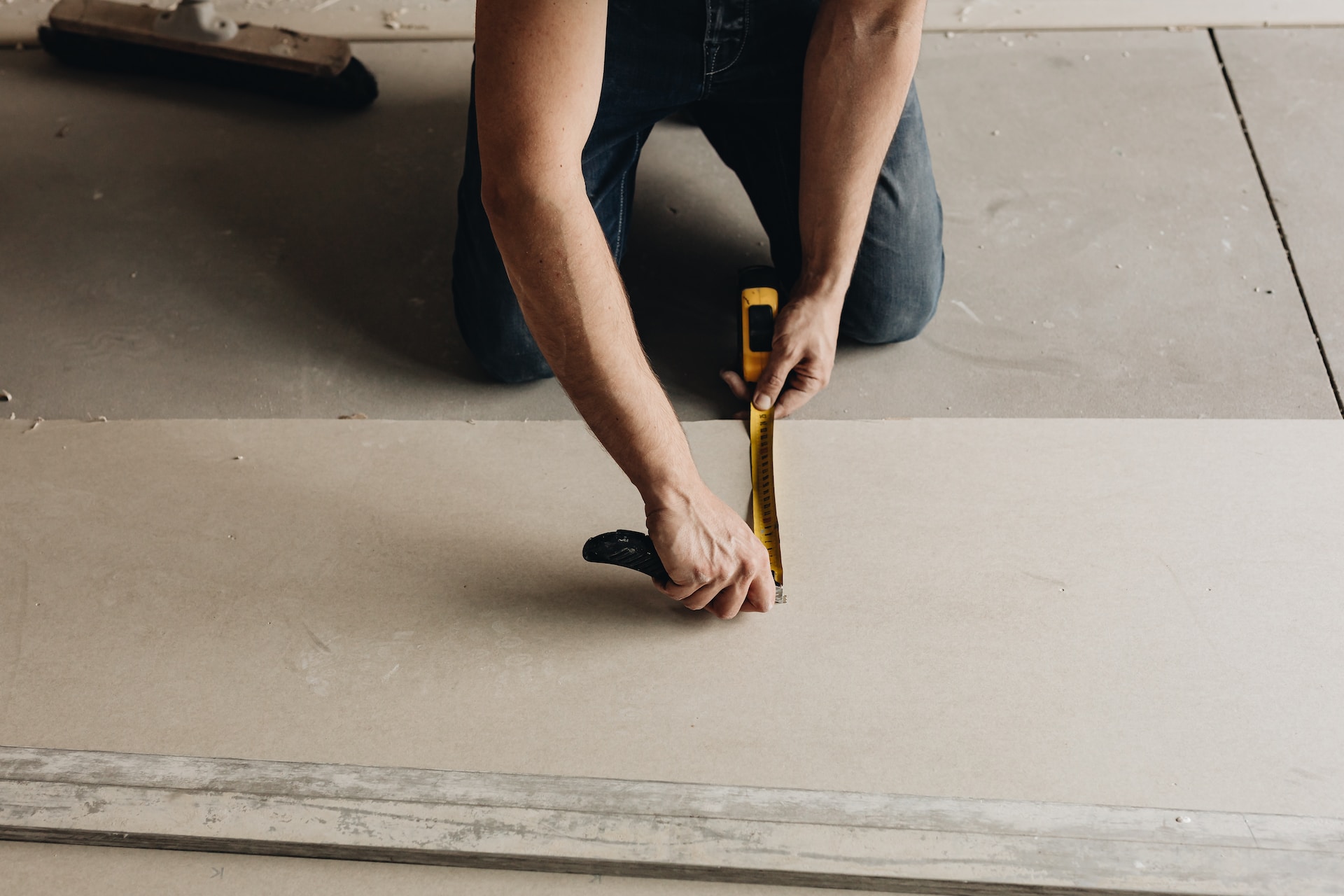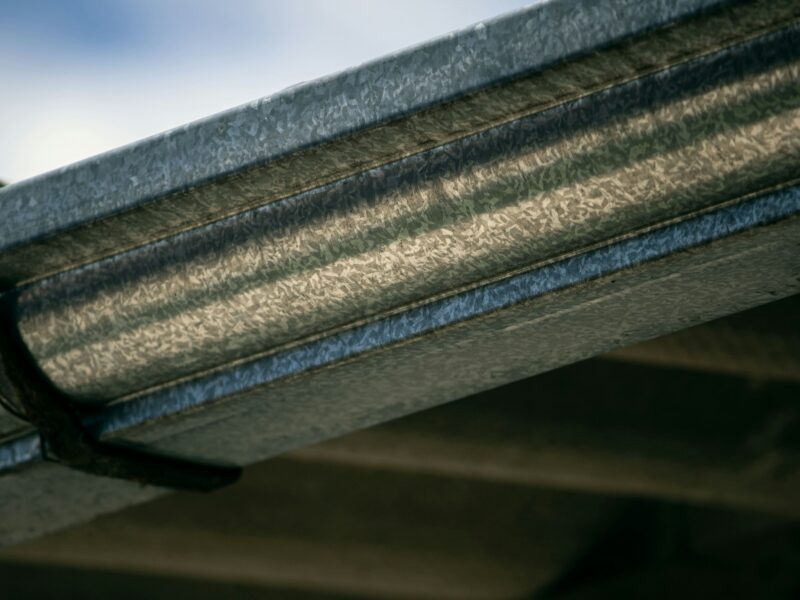Embarking on a home renovation journey can stir a whirlpool of emotions, from exhilaration at the thought of a revamped space to the nervous jitters that accompany the commitment of both time and resources. The process is akin to reviving and infusing fresh life into a space that might have become more familiar than comfortable.
However, ensuring this transformative journey meets success necessitates careful and strategic planning. The strategy involves visual aesthetics and ensures that the core structures are fortified and renewed. From the foundational roots to the tip of the roof, each segment demands meticulous scrutiny and enrichment.
In the US, people love to make home improvement projects. In 2019, they spent more than $425 billion on these projects, with the average person spending over $5,000 per project and most of that money going toward remodeling kitchens or bathrooms. Every state and city has its unique taste and must-haves in terms of design.
Illinois, often referred to as “the Prairie State” because of its vast expanses of former prairie grasslands, has evolved significantly over time. Today, it stands as one of the more affluent states in the US, boasting a storied past, architectural marvels, stunning scenery, and a thriving economic landscape.
Let us delve deep into these critical areas to keep your renovation project on the right track, ensuring a tall, safe, and beautiful home for many more years to come. Let’s explore each area one by one.
Contents
- 1 Roofs: More than Just a Cover
- 2 2. Roofs: More than Just a Cover
- 3 3. Windows: Your View of the World
- 4 4. Plumbing: The Lifeline of Comfort
- 5 5. Electrical Systems: Powering Your Needs
- 6 6. Insulation: The Hidden Hero
- 7 7. Flooring: The Foundation of Your Interiors
- 8 8. Paint: More than Just Color
- 9 9. Exterior Facade: First Impressions Count
- 10 10. Permits and Codes: Staying Within the Law
- 11 Summary
Roofs: More than Just a Cover
Your roof is your home’s primary defense against the elements. Beyond merely looking for missing or damaged shingles, it’s vital to check for water stains in the attic, which can indicate leaks. Sagging areas or places where light shines through are also red flags. Moreover, understand the age of your roof. Materials deteriorate over time, and if your roof is nearing its typical life expectancy, it might be more cost-effective to replace it rather than patch it up.
For an average homeowner in Illinois, roof installation costs typically range from $6,000 to $36,000. Factors influencing the cost and quality encompass materials used, the craftsmanship involved, and the provided warranty. However, when looking for a roofer in Naperville, homeowners can find affordable services that provide impeccable quality.
2. Roofs: More than Just a Cover
Your roof is your home’s primary defense against the elements. Beyond merely looking for missing or damaged shingles, it’s vital to check for water stains in the attic, which can indicate leaks. Sagging areas or places where light shines through are also red flags. Moreover, understand the age of your roof. Materials deteriorate over time, and if your roof is nearing its typical life expectancy, it might be more cost-effective to replace it rather than patch it up.
3. Windows: Your View of the World
Windows are not just about the view; they play a pivotal role in insulation and energy efficiency. Older, rotting, single-pane windows or rotting frames can significantly increase your energy bills. When renovating, consider updating to double or triple-pane windows. Not only will this upgrade improve your home’s aesthetics, but it will also provide better insulation, reducing energy costs.
4. Plumbing: The Lifeline of Comfort
Plumbing problems can be a homeowner’s worst nightmare. From minor issues like dripping faucets to major concerns like sewage backups, inspecting your entire plumbing system is vital. Ensure that your pipes aren’t corroded, your drains are clear, and your toilets function efficiently. Modern plumbing fixtures can also help conserve water, making your home more environmentally friendly.
5. Electrical Systems: Powering Your Needs
It’s not just about having power but about having safe power. Older homes, in particular, may have outdated wiring or overloaded circuits. A thorough inspection of your electrical system can identify potential hazards. Also, this is a good time to consider adding more outlets or updating existing ones with USB ports for modern-day devices.
6. Insulation: The Hidden Hero
Insulation is the unsung hero of energy efficiency. Poor insulation means your heating and cooling systems have to work harder, leading to higher bills. When renovating, check the insulation in your walls, attic, and basement. Modern insulation materials offer superior thermal properties, ensuring your home remains cozy year-round without burning a hole in your pocket.
7. Flooring: The Foundation of Your Interiors
While aesthetics play a role in choosing flooring, it’s essential to consider durability and maintenance. Hardwood, for example, adds beauty and value but might not be the best choice for high-traffic areas or places prone to moisture. Assess your lifestyle and choose a flooring option that aligns with your needs.
8. Paint: More than Just Color
While paint dramatically transforms the look of a room, it’s more than just aesthetics. High-quality paints can provide better coverage, last longer, and even offer properties like mold resistance or easy-to-clean finishes. When choosing paint, also consider the room’s function and lighting.
9. Exterior Facade: First Impressions Count
The exterior of your home is the first thing people notice. Besides paint, consider other elements like siding, trim, and landscaping. These elements enhance curb appeal and offer additional insulation and protection to your home’s structure.
10. Permits and Codes: Staying Within the Law
Last but certainly not least, ensure that all renovations comply with local building codes and regulations. Securing necessary permits might seem like a hassle, but they ensure that your renovations are up to standard, safe, and will not cause issues when it’s time to sell or insure your home.
Summary
Renovating a home is a blend of excitement and strategy. While transforming a space aesthetically is invigorating, it’s crucial to prioritize foundational and structural elements. Every detail counts, from securing the foundation and ensuring a robust roof to updating plumbing and electrical systems.
Modern upgrades, such as energy-efficient windows and advanced insulation, can further enhance the home’s functionality and comfort. Equally vital is adhering to local building codes and regulations. Homeowners can achieve a beautiful yet resilient space that promises safety and longevity by focusing on these ten critical renovation areas.



